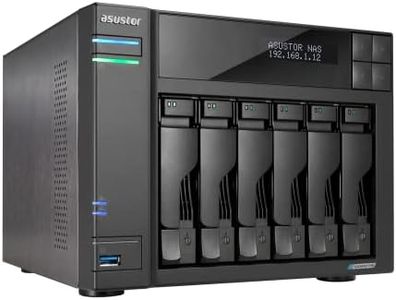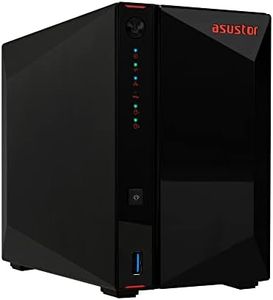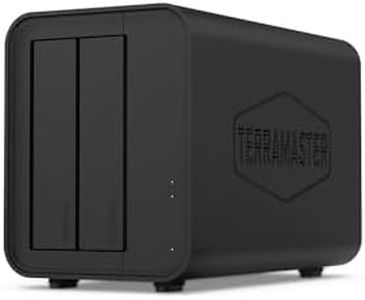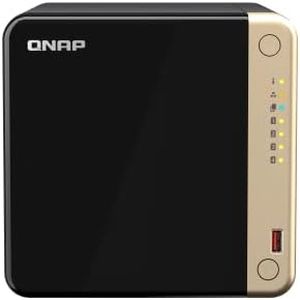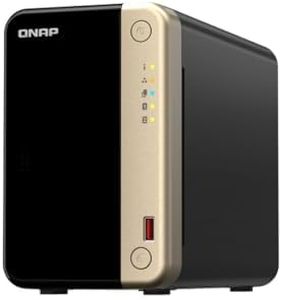We Use CookiesWe use cookies to enhance the security, performance,
functionality and for analytical and promotional activities. By continuing to browse this site you
are agreeing to our privacy policy
10 Best Nas For Mac
From leading brands and best sellers available on the web.Buying Guide for the Best Nas For Mac
Choosing a NAS (Network Attached Storage) for your Mac can be a smart way to back up files, share media and documents between devices, and centralize your data for easy access. Since your NAS will become a central hub for your digital life, it’s important to think about how much data you’ll store, how many people will use it, and what you want to do with it—such as backing up, streaming, or collaborating on files. Compatibility with macOS is essential to ensure smooth integration, and you’ll also want to consider how easy the NAS is to set up and manage over time.Storage CapacityStorage capacity tells you how much data you can store on your NAS. It is usually measured in terabytes (TB). If you just want to back up documents and some photos, a smaller capacity like 2TB or 4TB is often enough. If you work with lots of photos, videos, or large files, or you want to share storage with other users, consider 8TB, 12TB, or even more. It's important to think ahead about your future needs since storage tends to fill up over time. Many NAS devices allow you to start small and add more drives as you need, so flexibility can be handy.
Drive BaysThe number of drive bays determines how many hard drives you can install in your NAS. A single-bay NAS is easier and cheaper but doesn’t provide redundancy if a drive fails. Two-bay or more models let you set up RAID configurations, which means your data can be protected even if one drive stops working. For most home users, two or four bays offer a good balance of expandability and protection, while more bays are useful for advanced users or small offices with lots of files.
RAID SupportRAID stands for Redundant Array of Independent Disks and is a way to use multiple hard drives to improve data protection and sometimes speed. Common RAID types include RAID 1, which mirrors your data on two drives for safety, and RAID 5 or 6, which provide protection and better storage efficiency across three or more drives. If you care about preventing data loss from drive failure, choosing a NAS that supports RAID and matches your storage needs is a smart move. A basic user might be fine without RAID, but sensitive or important files are much safer with it.
Network ConnectivityNetwork connectivity determines how fast your NAS can send and receive files over your network. Most NAS units have a standard gigabit Ethernet port, which is enough for everyday use and smaller files. If you plan to transfer large videos or multiple users will access the NAS at once, look for models with 2.5GbE or even 10GbE for faster performance. For a Mac user, also check if the NAS can work wirelessly or be easily discovered via your home WiFi, but wired connections are always faster and more stable.
macOS CompatibilityNot all NAS devices work equally well with Macs. Good macOS compatibility means the NAS supports features like Time Machine backups, Finder integration, and easy file sharing using Mac-friendly protocols. This makes it much easier to set up, use, and manage your NAS right from your Mac. If you prioritize hassle-free backups or want the NAS to feel like a natural part of your Apple ecosystem, look for clear support for Time Machine and compatibility with Apple file systems.
Ease of Use and Software FeaturesThe interface and software features of your NAS can make a big difference in your day-to-day experience. Some NAS come with simple, intuitive management software that helps you set up file shares, users, and backups without much technical know-how. Others may offer advanced apps like media servers, personal cloud options, or photo management tools. If you want something straightforward, focus on ease of use and guided setup; if you enjoy tinkering and want lots of bonus features, look for models that offer rich app stores and customization.
Backup and Data Protection FeaturesBackup features refer to how the NAS helps you keep your data safe. For Mac users, native Time Machine support is one of the simplest ways to automate backups. Some NAS units also include features like cloud backup, remote access, and even snapshot technology that lets you roll back files if something goes wrong. Consider how automated and comprehensive you want your backup strategies to be. If you value peace of mind or you’re storing precious memories, make sure the NAS makes backups easy and reliable.
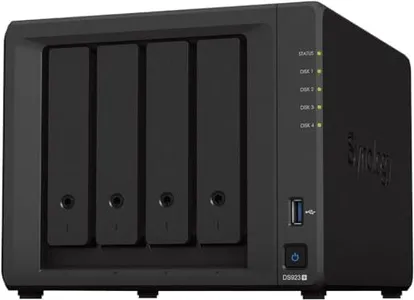
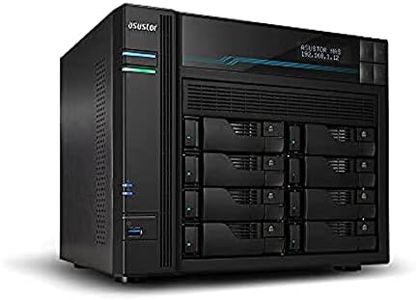
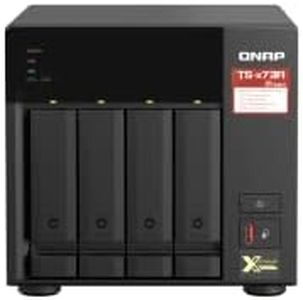
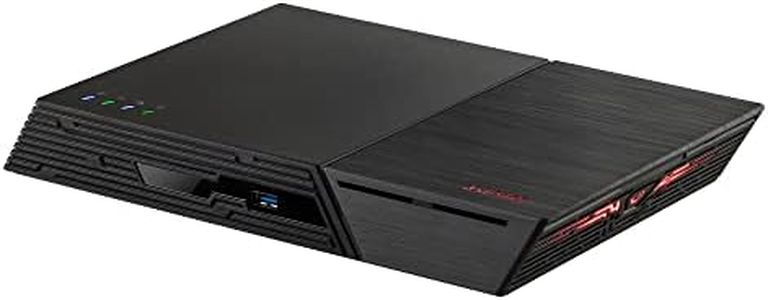

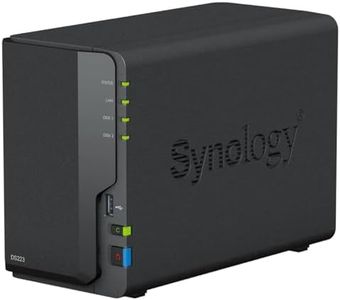


![QNAP TS-462-4G Work Group/SOHO 4-Bay NAS Server Intel Celeron Dual Core Upto 2.9GHz, 4GB RAM, 2xM.2, 1xPCI, 1x2.5GbE, 4xUSB, 1xHDMI, Come with 8 Camera License [TS-462-4G]](https://images-proxy.bestreviews.guide/CsSi1Pte-3T-WBKx6yzR0SDLXfQ=/0x300/https://m.media-amazon.com/images/I/217laBZp2ZL._AC_CX679_.jpg)
